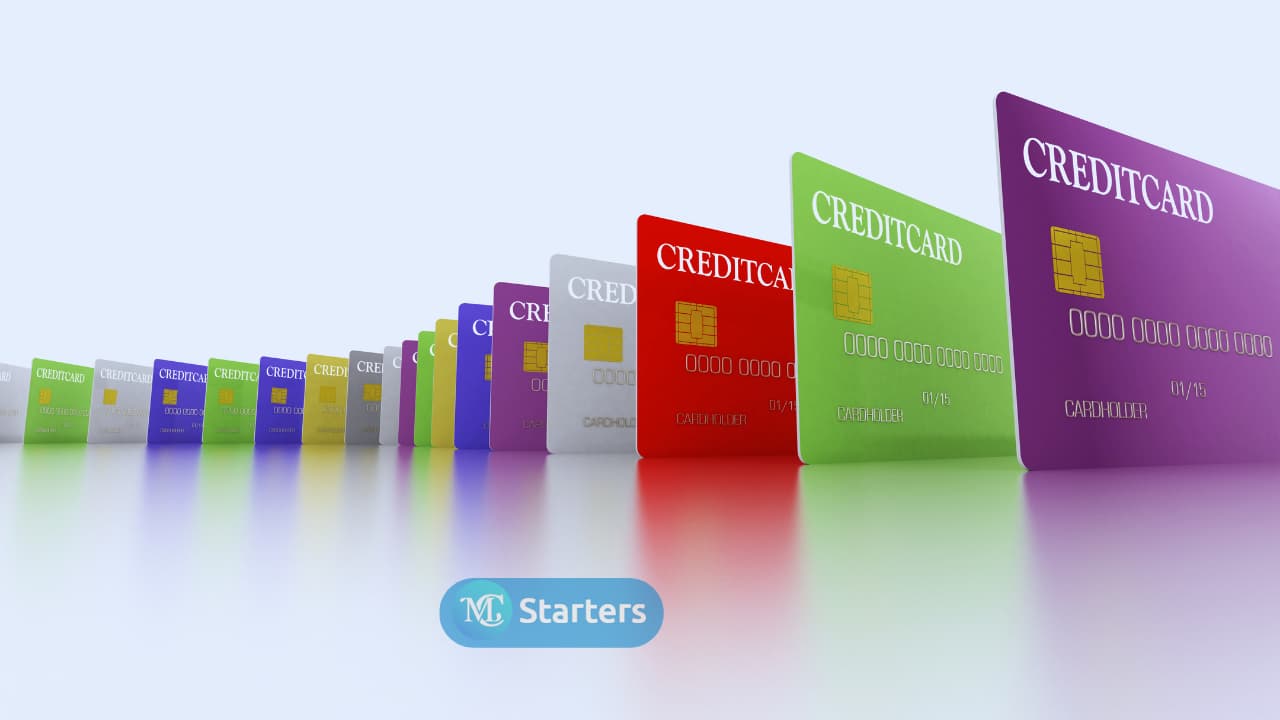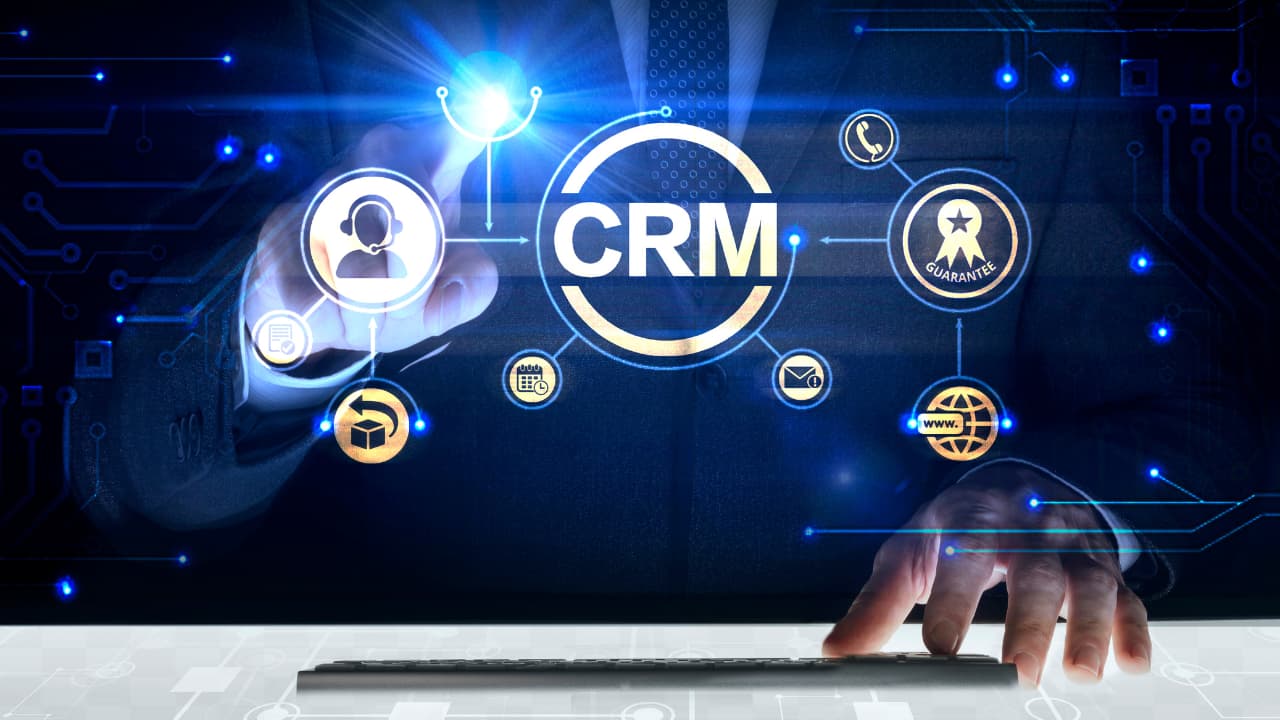What is it Credit Cards? How it Works: How Many Types of Credit Cards?

Are you finding the best Credit Cards? For business
A credit card is a financial tool that allows users to borrow funds up to a set limit for purchases and cash advances. They work through a billing cycle, with the option to pay the full amount or a minimum by the due date. Types include best credit cards standard, rewards, balance transfer, student, secured, business, charge, subprime, and travel cards.
What is it Credit Cards?
A credit card is a financial tool issued by a financial institution, typically a bank, that allows cardholders to borrow funds within a pre-approved limit for purchases or cash advances. The cardholder agrees to pay back the borrowed money, along with any applicable interest, as per the card’s terms.
- Each card comes with a credit limit, which is the maximum amount you can borrow at any time.
- If the borrowed amount is not paid back in full by the due date, interest is charged on the outstanding balance. Credit cards also come with various fees, such as annual fees, late payment fees, and over-limit fees.
- Credit cards offer the flexibility to pay a minimum amount, the full balance, or any amount in between by the payment due date.
- They operate on a monthly billing cycle, where purchases made during the cycle are billed, and the cardholder is given a certain period (grace period) to pay.
How To Create a Payoneer Account?
How do Credit Cards Work?
Credit cards work by providing a set credit limit to cardholders, which they can use for purchases and cash advances. Transactions are tracked over a monthly billing cycle, with a statement issued at the end detailing the total owed and the minimum payment due.
Credit cards are financial tools that offer a convenient way to make purchases, access funds, and build credit. Here’s a simplified explanation of how they work:
Issuance: When approved for a credit card, you receive a card with a predetermined credit limit. This limit represents the maximum amount you can borrow.
Making Purchases: You can use a credit card to make purchases at various merchants, both in-store and online. The card functions as a loan from the card issuer, allowing you to buy goods and services without immediate payment.
Billing Cycle: Credit card transactions are tracked over a billing cycle, typically lasting a month. All the purchases made during this period are recorded.
Monthly Statement: At the end of each billing cycle, the card issuer generates a statement. This statement lists all the transactions made during the cycle, the total amount owed, the minimum payment required, and the payment due date.
Repayment Options: You have several repayment options:
Pay the full balance: You can choose to pay off the entire amount owed, in which case no interest is charged.
Make a partial payment: You can pay any amount between the minimum payment and the full balance.
Minimum payment: You can pay the minimum amount stated on the statement.
Interest and Fees: If you don’t pay the full balance by the due date, interest is charged on the remaining balance. Credit cards may also come with various fees, such as annual fees, late payment fees, and foreign transaction fees.
Credit Score Impact: Your credit utilization (the amount of credit used compared to the limit) and your payment history influence your credit score. Timely payments and responsible credit card use can positively impact your creditworthiness.
A Simple Guide to Different Types of Credit Cards
Credit cards are a crucial financial tool for many, offering various benefits and features. However, with so many types available, it can be overwhelming to understand each one. This guide simplifies the different types of credit cards for beginner and their primary uses. Understanding the various types of credit cards available can help you make informed decisions about which card best suits your financial needs and lifestyle.
Here few types of Credit Card:
| Type of Credit Card | Type of Credit Card |
|---|---|
| Standard Credit Cards | Secured Credit Cards |
| Rewards Credit Cards | Business Credit Cards |
| Balance Transfer Credit Cards | Travel Credit Cards |
| Student Credit Cards | Subprime Credit Cards |
Standard Credit Cards
Among the various types of credit cards available, standard credit cards stand out for their simplicity and straightforwardness. These cards, often called “plain-vanilla” credit cards, offer the basic functionalities of a credit card without the added complexity of rewards programs or special benefits.
Key Features of Standard Credit Cards
- Basic Credit Access
- No Rewards or Cash Back
- Simpler Terms and Conditions
- Lower Fees
- Credit Building
Pro of Standard Credit Cards
- Ease of Use
- Budget Management
- Good for Beginners
- Lower Risk of Overspending
- Emergency Fund Access:
Rewards Credit Cards
Rewards credit cards are a popular choice among consumers looking to gain extra value from their spending. These cards offer various incentives, such as cashback, points, or travel miles, in return for using them for purchases.
Rewards credit cards can be a great financial tool for those who pay off their balance each month and want to get extra value from their regular spending. By choosing a card that aligns with your lifestyle and spending habits, and using it wisely, you can maximize the benefits while maintaining financial health.
Pros and Cons of Rewards Credit Cards
| Pros of Rewards Credit Cards | Cons of Rewards Credit Cards |
|---|---|
| Earn Rewards on Purchases | Often Come with Higher Annual Fees |
| Variety of Rewards (Cashback, Points, Miles) | Higher Interest Rates Than Standard Cards |
| Bonus Categories for Extra Earnings | Rewards Can Be Complicated to Understand |
| Sign-Up Bonuses and Introductory Offers | Temptation to Overspend for Rewards |
| Perks like Travel Benefits and Exclusive Access | Rewards May Expire or Have Limitations |
Balance Transfer Credit Cards
Balance transfer credit cards are financial tools designed for managing existing credit card debt. They allow cardholders to transfer their debt from one or more credit cards to a new card, typically with a lower interest rate. This strategy can be beneficial for consolidating debt and reducing interest payments.
Key Features of Balance Transfer Credit Cards
- Lower Introductory APR
- Balance Transfer Fees
- Limited Time Offer
- Regular APR Post-Introductory Period
- Credit Limit Considerations
Strategies for Effective Use
- Plan to Pay Off Balance: Aim to pay off the transferred balance within the introductory period to maximize savings on interest.
- Avoid Additional Debt: Refrain from using the new card for purchases, as new charges might not have the low introductory rate and can lead to more debt.
- Understand the Terms: Be fully aware of the card’s fees, regular APR after the introductory period, and any other conditions.
- Check Balance Transfer Limits: Ensure the credit limit of the new card can accommodate your existing debt.
Student Credit Cards
Student credit cards are designed specifically for college students who are new to the world of credit. These cards often have features tailored to individuals with limited or no credit history, making them an excellent starting point for building credit responsibly.
Key Features of Student Credit Cards
- Easier Approval
- Lower Credit Limits
- Educational Resources
- Rewards and Incentives
- Credit Building Opportunity
Here Pros and Cons of Student Credit Cards:
| Pros of Secured Credit Cards | Cons of Secured Credit Cards |
|---|---|
| Accessible to People with No or Poor Credit | Requires an Upfront Cash Deposit |
| Opportunity to Build or Rebuild Credit | Often Lower Credit Limits |
| Controlled Spending with Deposit-Based Limit | Higher Interest Rates Compared to Some Cards |
| Potential to Graduate to an Unsecured Card | Limited Rewards or Perks |
| May Improve Credit Score with Responsible Use | Additional Fees (Annual, maintenance, etc.) |
Secured Credit Cards
Secured credit cards are a valuable financial tool for those looking to build or rebuild their credit history. Unlike regular credit cards, secured cards require a cash deposit which serves as collateral and typically determines the credit limit.
Strategies for Effective Use
- Pay Balances on Time: Timely payments are essential for building a positive credit history.
- Keep Balances Low: It’s advisable to use a small portion of the available credit to maintain a low credit utilization ratio.
- Monitor Credit Score: Regularly check your credit score to understand the impact of your credit card usage.
- Understand Terms and Fees: Be aware of the card’s interest rates, annual fees, and other charges.
Secured credit cards are an effective stepping stone for those starting their credit journey or repairing their credit history. They offer a structured and relatively safe way to build credit, provided they are used responsibly and with a clear understanding of their terms and conditions.
| Pros of Secured Credit Cards | Cons of Secured Credit Cards |
|---|---|
| Accessible to People with No or Poor Credit | Requires an Upfront Cash Deposit |
| Opportunity to Build or Rebuild Credit | Often Lower Credit Limits |
| Controlled Spending with Deposit-Based Limit | Higher Interest Rates Compared to Some Cards |
| Potential to Graduate to an Unsecured Card | Limited Rewards or Perks |
| May Improve Credit Score with Responsible Use | Additional Fees (Annual, maintenance, etc.) |
Business Credit Cards
Business credit cards are tailored for entrepreneurs and business owners, offering a convenient way to manage company finances, track expenses, and access credit. American Express credit cards are specifically designed for business owners, offering features like expense tracking, higher credit limits, and business rewards. These cards not only help in separating personal and business expenses but also provide additional perks tailored to business needs.
Best Practices for Using Business Credit Cards
- Pay Balances Promptly: To avoid high interest and build a positive credit history, pay off balances on time.
- Monitor Employee Spending: Regularly review transactions on employee cards to ensure compliance with company spending policies.
- Utilize Expense Management Features: Take advantage of built-in tools for tracking and categorizing business expenses.
- Understand Terms and Fees: Be aware of the card’s APR, annual fees, and any other charges to avoid surprises.
Travel Credit Cards
Travel credit cards are designed for frequent travelers, offering rewards and benefits that enhance travel experiences. From earning miles to enjoying travel-related perks, these cards are tailored to meet the needs of those who spend a significant amount of time on the road or in the air.
- Miles or Points Accumulation
- Travel-Specific Perks
- Bonus Earning on Travel Purchases
- Sign-Up Bonuses
- Global Acceptance
| Pros of Travel Credit Cards | Cons of Travel Credit Cards |
|---|---|
| Earn Travel Rewards (Miles, Points) | Often Have High Annual Fees |
| Sign-Up Bonuses and Introductory Offers | Rewards Can Be Complicated to Understand |
| Perks like Lounge Access and Travel Insurance | High Interest Rates Compared to Some Cards |
| No Foreign Transaction Fees on Purchases | Temptation to Overspend to Earn Rewards |
| Flexible Redemption Options for Travel | Rewards May Have Expiration Dates or Limitations |
| Additional Benefits (Hotel Upgrades, Priority Boarding) | Not Ideal for Those Who Travel Infrequently |
| Can Improve Credit Score with Responsible Use | May Require Good to Excellent Credit for Approval |
| Helps in Budgeting for Travel Expenses | Specific Rewards Tied to Certain Airlines/Hotels |
Subprime Credit Cards
Subprime credit cards are targeted at individuals with poor or limited credit histories. They provide an opportunity to access credit and build or rebuild a credit profile. However, these cards often come with higher fees and interest rates, requiring careful consideration and responsible use. Subprime credit cards should be used in the USA.
| Pros of Subprime Credit Cards | Cons of Subprime Credit Cards |
|---|---|
| Access to Credit | High-Interest Rates |
| Opportunity to Build or Rebuild Credit | Additional Fees (Annual, setup, maintenance) |
| Financial Flexibility for Necessary Transactions | Low Credit Limits |
Subprime credit cards can play a role in accessing credit and rebuilding credit histories, but they come with significant costs and risks. They should be used as a tool for improvement, with a focus on responsible financial behavior and a clear plan for transitioning to better credit products. As with any financial decision, thorough research and careful consideration of personal financial circumstances are crucial.
conclusions
In conclusion, credit cards are versatile financial tools that provide a line of credit for making purchases, accessing funds, and building credit. They operate through a billing cycle, with the option to pay the full balance or a minimum by the due date. Understanding how credit cards work is essential for responsible use.
FAQs
How many types of credit cards are there in the USA?
There are several types of credit cards in the USA, including standard, rewards, balance transfer, student, secured, business, charge, subprime, and travel cards. The specific number and variations can vary among credit card issuers. It’s essential to choose a card that suits your financial needs and lifestyle.
What are the benefits of rewards credit cards?
Rewards credit cards offer incentives like cashback, points, or travel miles for purchases, allowing you to earn rewards for your spending.
How can I choose the right credit card for me?
To choose the right credit card, consider your financial goals, spending habits, and preferences. Look for a card that aligns with your needs, whether it’s rewards, low fees, or credit-building opportunities.
What is the difference between a credit card and a debit card?
A credit card allows you to borrow funds up to a set limit, while a debit card uses funds directly from your bank account. Credit cards can help build credit, while debit cards do not impact credit scores.




